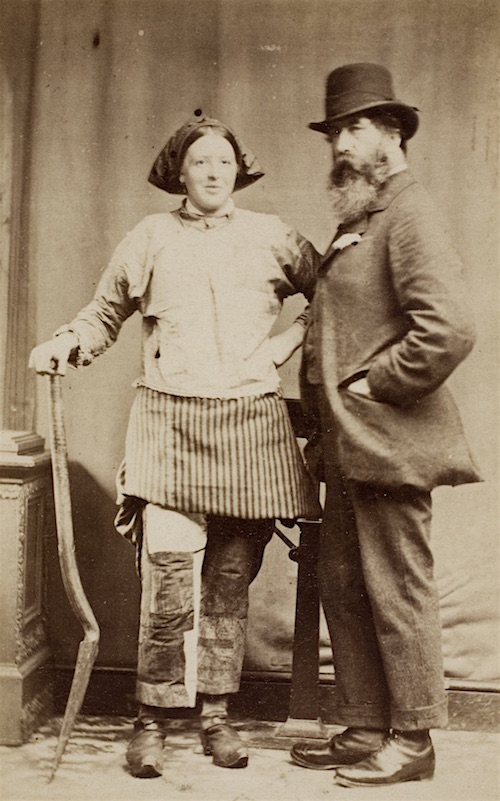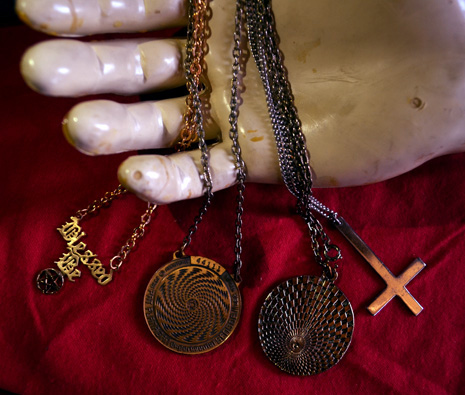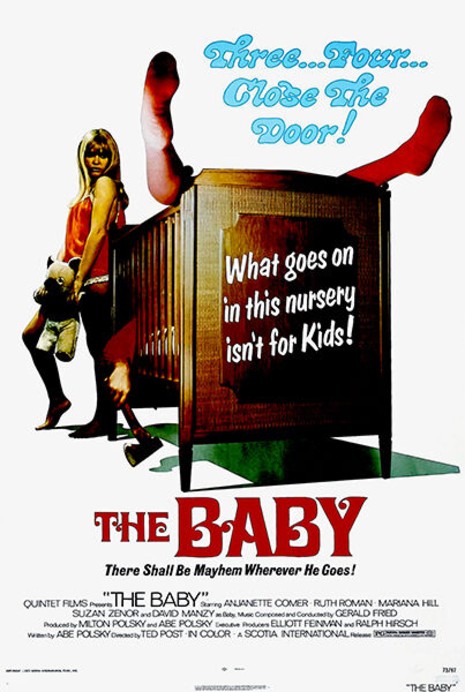
Hollywood is a weird town. I mean, where to begin with that statement? Perhaps we should just jump to the topic of this post, the 1973 film The Baby, a movie about a mentally incompetent man who lives his life as an adult baby along with his mother and two Stepford Wife-esque sisters. If you’ve never seen this film, just trying to wrap your mind around the idea of watching a movie about a grown man operating at the capacity of a breastfeeding infant (because, yeah, that happens in the film) is probably enough to make you consider your current life choices. However, I bring good news to all you subversive content-loving freaks, The Baby is a strangely well-acted mind-fuck of a film which somehow, despite its putrid pediatric subject matter, received a PG rating upon its release in 1973.
Ted Post’s many directorial credits include classic television series such as The Twilight Zone, Rawhide, and Gunsmoke, and films, including two Clint Eastwood gems, Magnum Force, and Hang ‘Em High. Post’s work earned the director two Emmys and the admiration of his peers. He took the job of directing The Baby after writer Abe Polsky spent a year trying to convince him to do it. The film—a peculiar psychological/horror/thriller, is quite a departure from Post’s tough-guy wheelhouse. What made Post so perfectly suited to direct The Baby was his reputation for not interfering with his actors so they could do what they did best, bringing the characters to life and making the audience believe they are the person they are seeing on screen. Even if that character is an infant trapped inside the body of an adult. So when actor David Mooney (billed as “David Manzy” in the film) got the role of “Baby” in The Baby, he shaved his entire body in order to look like a 21-year-old baby (He was then 32). You’d think someone might have told the poor guy about the smelly miracle that is Nair, but I digress. Here’s Mooney from a 2011 interview where he spoke briefly about his experience filming The Baby:
“One of my most challenging experiences was playing [an impaired] boy… in a movie called The Baby. And that’s now become a cult film. The acting part of that was so difficult because I had to totally de-man-ize myself and become a baby, act like a baby. And I just, I’d always loved babies, so I was around baby cousins and all this, and had held babies and babies sat on my lap and all that, so I was aware of how babies, the innocence they had and the dependability they have on you and how they’re so real because they react to the stimulus that’s given them at the time. So I had to learn all those things and make sure to incorporate that into that role.”
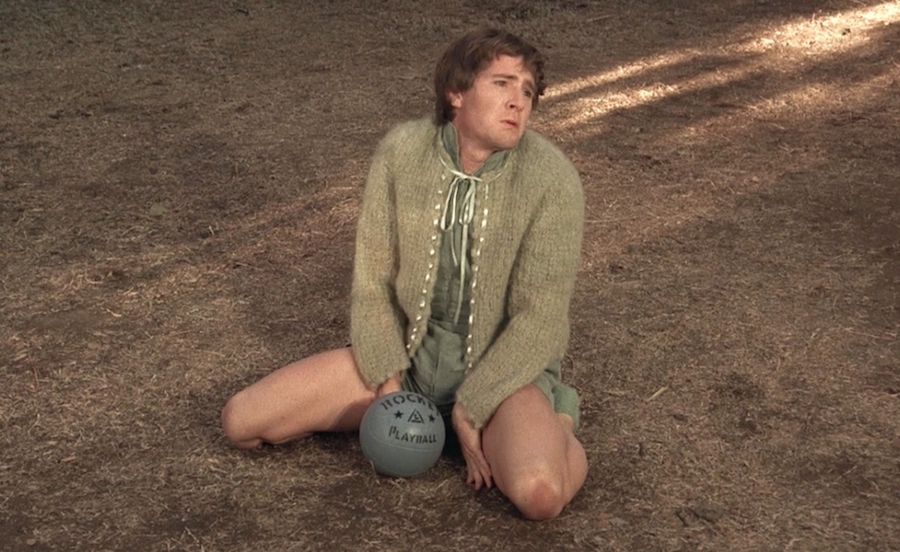
Actor David Mooney as “Baby.”
Shortly after the opening credits, which are shown over a scene with social worker Ann Gentry (played by the Lynda Carter-looking Anjanette Comer) looking over photos of Baby at various stages of his development, it’s clear something is amiss with Baby, and Gentry’s character is going to be the one to find out. This brings us to our dramatic introduction to Mrs. Wadsworth, Baby’s mother, who commands the screen, much like the unsettling forcefulness of a chain-smoking Joan Crawford (think 1964’s Strait-Jacket), or a fired-up Elizabeth Taylor. When Mrs. Wadsworth (played to the hilt by actor Ruth Roman), greets Gentry on the porch of their regal home, it seems abundantly clear the young social worker is in over her head. During her visit, she meets one of Baby’s sisters, the odd, big-haired Germaine, and finally, Baby, who is taking his afternoon nap. So begins Gentry’s role as the family’s new social worker, and things get very, very weird, and very, very sinister quickly. Specifically, there is a scene in The Baby depicting the most unsexy, unsettling catfight in cinematic history. This is a fact.
Another bizarre aspect of the film is the use of real baby sounds instead of baby soundsas mimicked by actor David Mooney. Allegedly, the original audio for the film was of Mooney making adorable baby noises. The Baby‘s soundtrack, scored by Gerald Fried, does its best to invoke, at times, the masterful vibe of Bernard Herrmann (Psycho, Taxi Driver, Citizen Kane) along with some foreboding beatnik-bongo jazz flute jams. Of all the stand-out performances Post got from his actors, it is Mooney’s deep dive into becoming Baby that you will never forget. Since we’ve all got so much time on our collective wash-your-fucking-hands right now, I’m happy to report that it is streaming for free in all its beautifully paced, deranged entirety on Tubi. It was also released on Blu-ray in 2014 by Severin and is well worth owning if you are a collector of physical media, especially oddball films that defy explanation. The trailer, some stills, and movie posters for The Baby follow.
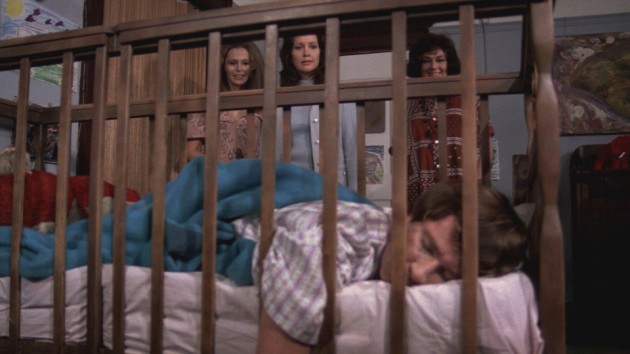
The scene where social worker Ann Gentry first sees Baby asleep in his adult-sized crib.
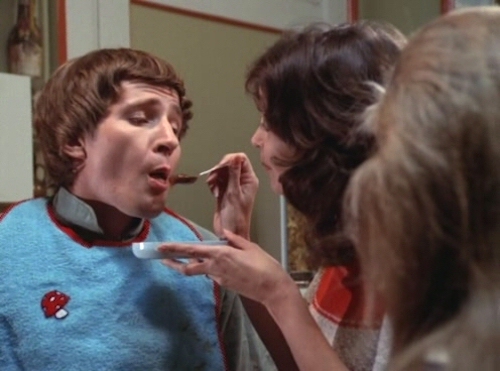

Baby isn’t happy!
More after the jump…






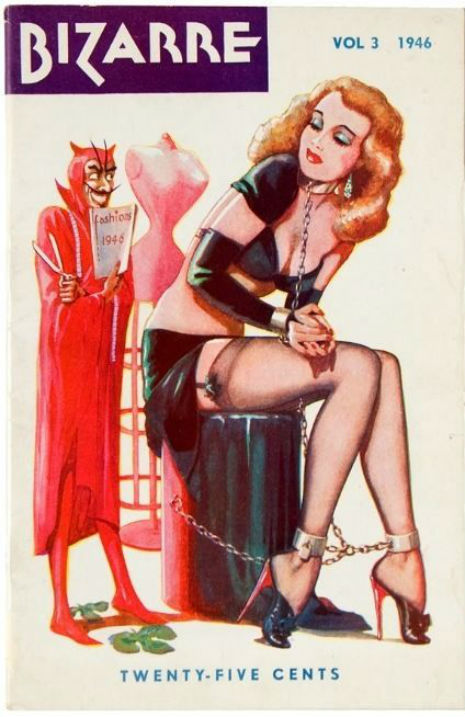
.jpg)
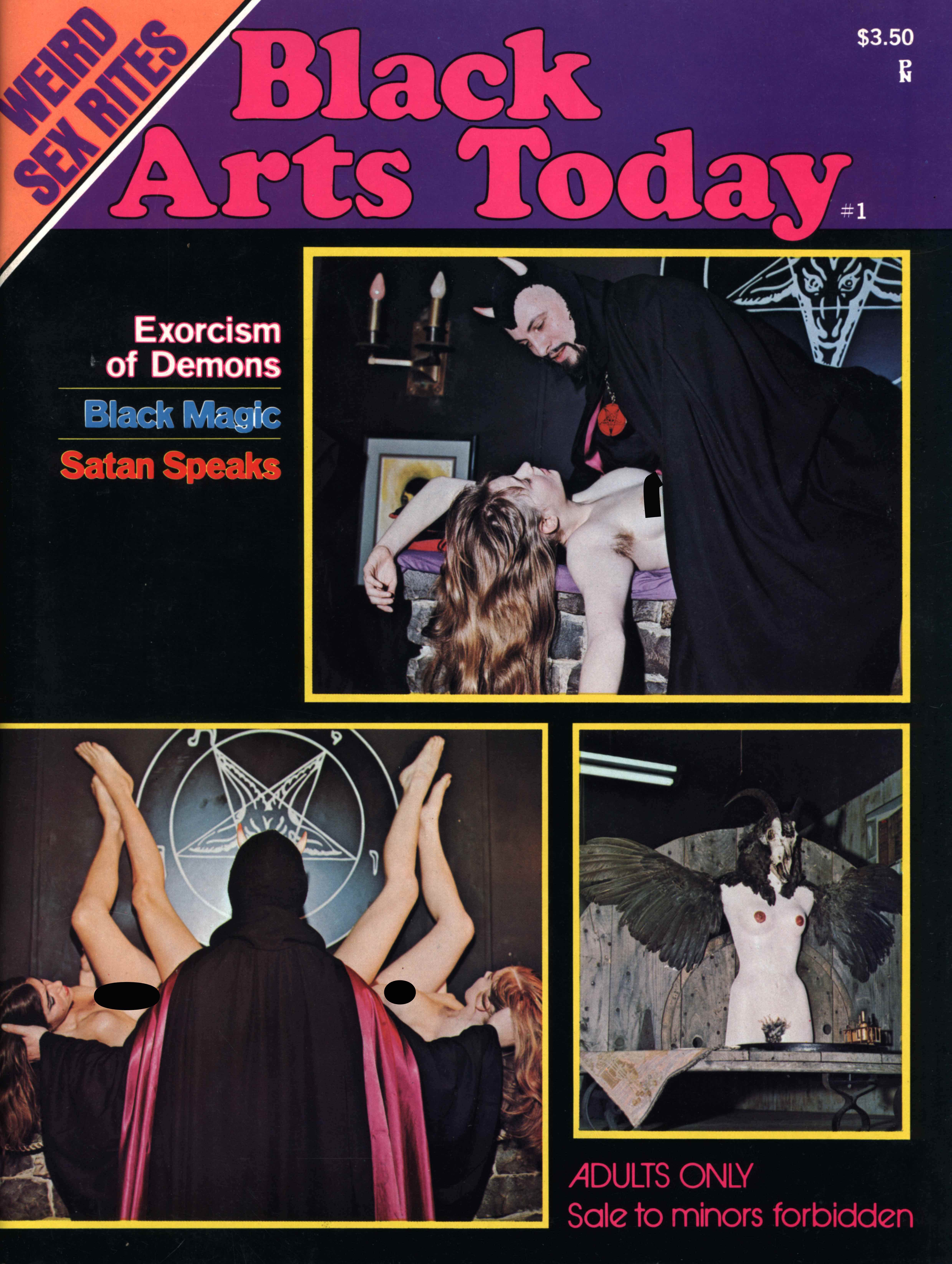
.jpg)


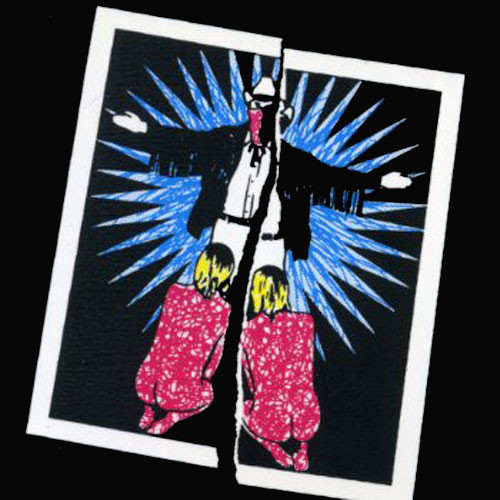
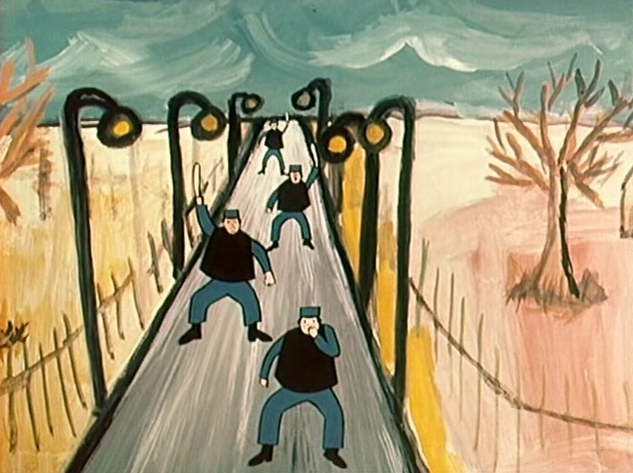
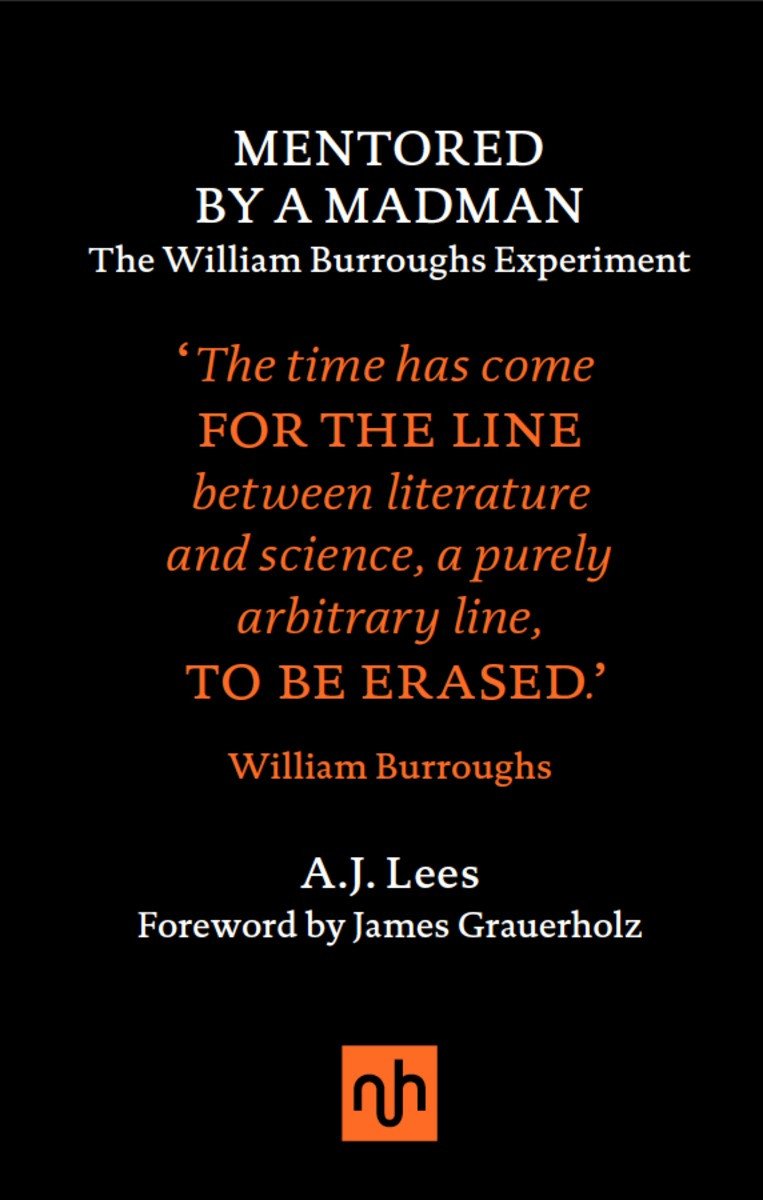




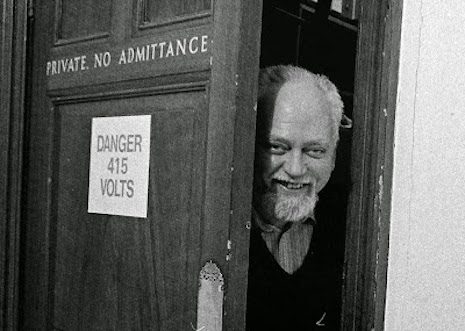


.jpg)

